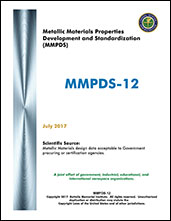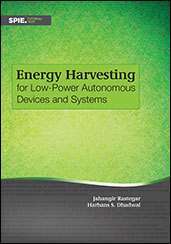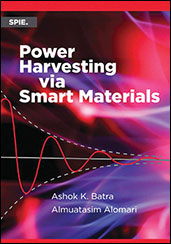Book

Integrated Vehicle Health Management - System of Systems Integration
2017-07-24
Integrated Vehicle Health Management (IVHM) is the unified capability of a system of systems (SoS) to assess the current or future state of the member system health, and integrate it within a framework of available resources and operational demand. As systems complexities have increased, so have system support costs, driven by more frequent and often enigmatic subsystem failures. IVHM strategies can be used to mitigate these issues by taking a Systems of Systems view. Combined with advanced decision support methods, this approach can be used to more effectively predict, isolate, schedule, and repair failed subsystems, reducing platform support costs and minimizing platform down time. Integrated Vehicle Health Management- System of Systems Integration brings together ten seminal SAE technical papers addressing the challenges and solutions to maintaining highly complex vehicles.



















